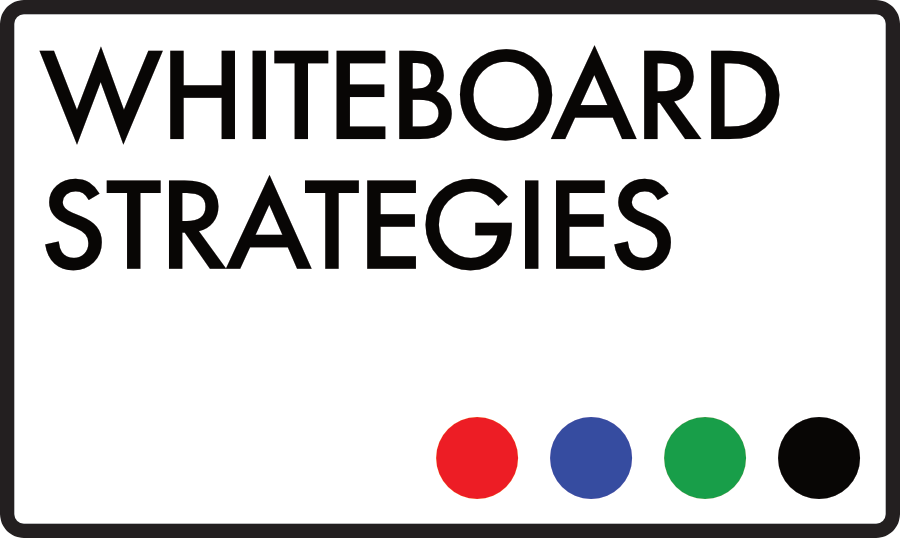Following a recommendation from a friend (we’d been discussing playing ‘Buzzword Bingo’ in meetings when we were both sales reps), I found myself on Tim Phillips’s blog, Talk Normal. For those of you who don’t know, Tim is a journalist who has written for all sorts of impressive sounding people, including the Wall Street Journal, the Daily Telegraph and a host of decent news websites. He also hates jargon, business-speak, and anyone who describes their product as a ‘solution’. His manifesto boils down to a simple idea—that “we should stop thinking about spin and management, and start concentrating on talking like human beings”. Which won’t sound like too much of a tall order to you… Unless you’ve worked in an office in the last 30 years.
The ideal shouldn’t be out of reach, but thanks to layers upon layers of institutional speak, it almost is. The way that people in offices communicate with one another is a self-fulfilling nightmare—if everyone speaks a certain way, incomers have to adapt or die and old-hands do it without even thinking. The result is that if someone, a single person, tried to redress the balance by, well, talking normal, that one person would seem out of touch, out of step with their co-workers, maybe even a bit slow. People would have those simpering, savage meetings where they say things like “oh, he just doesn’t get it, does he?”
Language is important socially for just that reason, of course, every day we all make minute adjustments in our tone and language depending on who we’re talking to. But in offices particularly, the benefits of speaking clearly, concisely and consistently are manifold. Stripping away the layers of professional pretence, bullshit acronyms and managerial spin, calling a spade a spade and answering questions simply and directly would do wonders for workplace communications. Departments could run more efficiently, instructions could be followed to the letter, new hires could be ramped up with a fraction of the work they are now.
There’s a step beyond talking normal, of course, another step up in clarity of communications. If you’ve been to this blog before, you know where I’m heading with this—the visual. In a recent LinkedIn piece I wrote about how technologists are unable to function without the use of a whiteboard. And why? Because it is almost the entirety of their jobs to explain complex, multi-faceted ideas to their peers, their teams and their superiors. The brain processes visual information 60,000X faster than it processes text, and well-delivered visual aids improve understanding by up to 400%, so that’s the way to communicate those ideas, obviously.
Those numbers are staggering. They demonstrate how the visual can be used as the foundation for a whole new way of communicating in the office—a way that prioritises speed, clarity and understanding over what has somehow become seen as professional propriety.
It’s a strange thing, business speak. We all do it, we all have to do it, because – for better or worse – we all understand it. It’s the linguistic equivalent of putting on a shirt and tie in the morning. It tells use we’re at work, demonstrates to our colleagues and clients that we know what we’re doing and we’re in the right place.
But it does far more important things than those—it limits our ability to communicate properly, it confuses our message and makes it difficult to lead conversations properly.
Embrace the visual in your workplace comms—millions of technologists do every day, and they achieve amazing things. We could change the way that offices communicate, streamline processes and ensure results-driven actions the length and breadth of even global organisations.
Or we could stick with what we’ve got. Bottom lines and individual sanities might suffer, but at least we can play Buzzword Bingo that way.

Recent Comments